Squeeze pouches are packaging bags used to store consumable and non-consumable items. Their structure makes them easy to handle and also convenient for storing various products.
The product comes in many shapes, sizes, and colors and can be used in various applications from pharmacy to kitchen. They also have unique features that make them suitable for the packaging of various products, both consumable and non-consumable.
1. Purpose of the Squeeze Pouch
Squeeze pouches are mainly used for packaging and preservation of various foods. They’re FDA-approved and BPA-free, so they’re perfect for storing these foods. Apart from this, they are also used to package non-consumable products such as detergents.
2. Main Features of Squeeze Pouches
These pouches have several functions that make them easier to use. Some of the features that packaging companies employ in squeeze pouch designs include:
- They have handles to help hold the pouch.
- Among other things, they have a spout at one end for releasing food, valves (i.e. vent valves), zip locks to prevent messes.
We generally provide our customers with guidance and assistance in choosing the features that best suit the product they need to be packaged in a pouch.
3. Applicable Storage Item of A Squeeze Pouch
Due to the important properties of these pouches, they are used in various industries to pack various products. They can be used to store both consumable and non-consumable items.
Some of the items they can hold include; detergents like soap, medicines from the pharmacy, produce like vegetables and fruits, pet food, treats, and more.
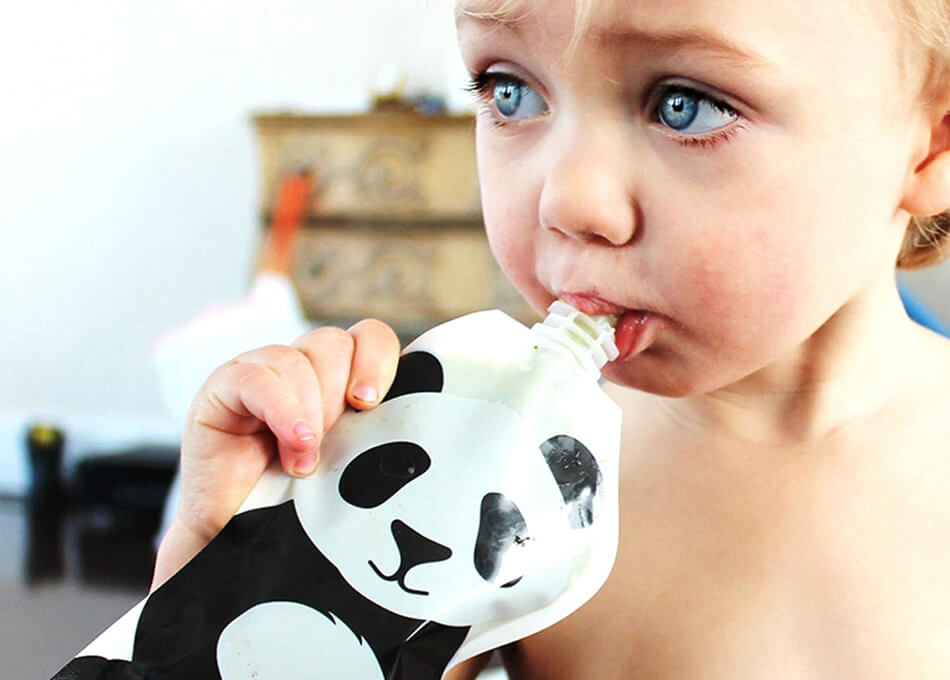
4. Advantages of Squeeze Pouches
Squeeze pouches are always preferred as they offer more advantages over other bags. Some of the advantages that result from using squeeze pouches include:
- They are durable so they can last longer without showing any signs of damage. This is because they are made of high-quality materials that are resistant to punctures and any other damage.
- In addition to this, they also provide barrier properties against contaminants such as moisture, oxygen and sunlight which, when placed in bags, may affect the quality of the stored product. Therefore, this property will help ensure that stored products remain fresh for a longer period.
- They are also stand-up bags, so they are easier to store than other packaging materials.
- Squeezepouches are available in a variety of options such as color, size/shape, design and capacity. This allows you to choose from a wider range of products.
- They are highly printable packaging materials. This is very beneficial as it helps in creating brand awareness and advertising.
- Squeezepouches are lightweight and cost-effective. They save money on maintenance and repairs because they last longer without showing any signs of damage. Portability saves time and energy as these pouches are easier to carry from one place to another.
5. Types of Squeeze Pouches
We manufacture a wide range of squeeze pouches with different packaging characteristics that can be used to package a wide variety of products. Some types of squeeze pouches include:
1) Retort Squeeze Pouch
They are usually designed with a film structure, where different materials are superimposed to provide the correct packaging effect. Some products that can be packaged in retort squeeze pouches include organic products, pet food, and fresh food.
2) Bottom Gusseted Squeeze Pouch
This is the most commonly used bag in the industry. Suitable for lightweight products. Besides that, it has a round bottom which allows it to stand upright.
3) Side Gusseted Squeeze Pouch
These are squeeze pouches that have gussets on all sides, i.e. the gusset extends from the top to the bottom of the bag. They have more room for artwork and designs, thus making them the best squeeze pouches for labeling. Depending on the application requirements, different materials can be used to make side-gusseted squeeze pouches.
4) Nozzle Squeeze Pouch
These squeeze pouches have a spout on top for easy opening, filling and closing. However, they are very demanding in their manufacturing methods, so they need a legitimate and experienced organization to handle this.
As a leading squeeze pouches Manufacturer, we have all the innovation and capabilities to ensure all requirements are met.
5) Inverted Top Squeeze Pouch
This squeeze pouch is designed in such a way that the upper top is the bottom. This means that the portion of the bag that dispenses the product is used for standing.
The modification of this pouch gives it an interesting look to show carefully any part of the pocket Apart from this there are other types of squeeze pouches such as; flat bottom squeeze pouches and shaped squeeze pouches.
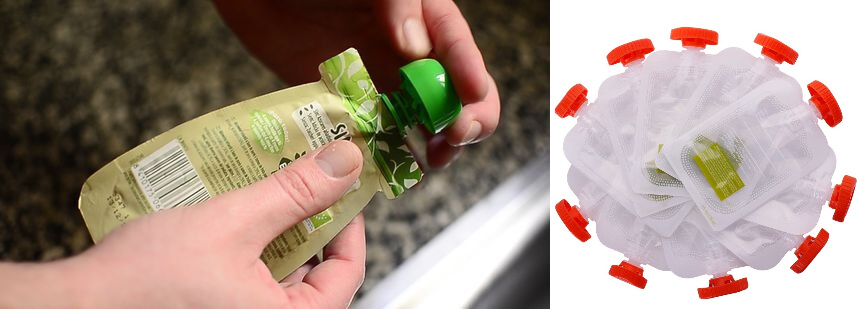
6. Various Materials for Squeeze Pouches
Squeeze pouches can be made from a variety of materials. Materials vary depending on the type of product that needs to be packaged. Therefore, it is always important to choose a squeeze pouch made of the right material for your product.
Some materials that can be used to make squeeze pouches include:
1) Polyethylene
Ethylene polymerization produces this synthetic material.Polyethylene is the most popular and most commonly used material. It is generally divided into two types, namely low-density polyethylene and high-density polyethylene.
This material has some properties that make it suitable for a variety of applications, namely it is water-resistant and corrosion-resistant, and so it lasts longer when exposed to the elements than others.
Besides that, the material is very malleable so it can be easily stretched without breaking. HDPE is recyclable, which is more cost-effective than making another product from new materials. Squeeze pouches made of polyethylene can be used at low and high temperatures due to the material’s good heat resistance.
2) Polypropylene
This is a synthetic resin polymerized from propylene monomers. Its properties are almost similar to polyethylene but slightly harder. They are also used in various applications such as consumer packaging, plastic components in various industries, etc.
They are more heat resistant than polyethylene, so they can be used at both low and high temperatures. Furthermore, it is lightweight and flexible.
3) Metallized PET Film
It is also one of the best materials for making squeeze pouches. The material has a coating that resists moisture, sunlight and oxygen, thus ensuring that stored products stay fresh for a long time. It’s also tough, versatile and lightweight.
4) Polyterephthalic Acid
This is a thermoplastic polymer resin from the polyester family that is used to make squeeze pouches. Due to their tough nature, they have excellent resistance to deformation.
The material can also last longer without showing any signs of damage. This property saves on repair and maintenance costs. Other materials that can be used in squeeze pouches include aluminum foil, ethylene vinyl acetate, etc.
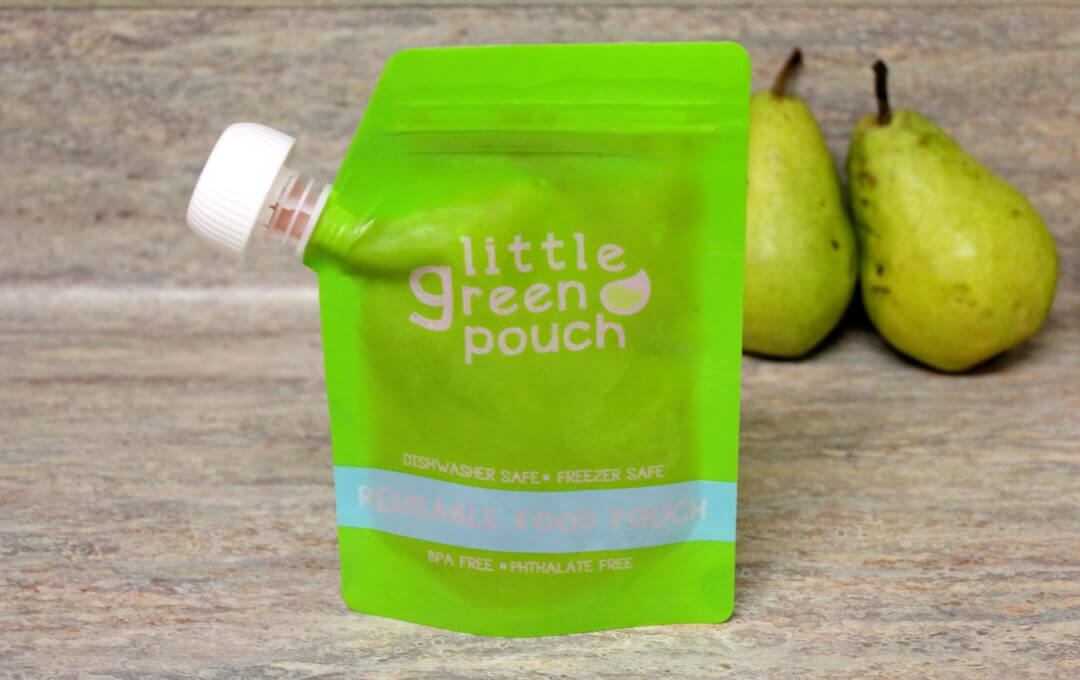
7. Difference between Bottom Gusset Squeeze Pouch and Side Gusset Squeeze Pouch
These types of squeeze pouches have unique features that set them apart. Some differences include;
1) Position of Gussets
As indicated by the name, side gusset squeeze pouches have gussets on the sides of the bag, while bottom squeeze pouches have gussets on the bottom.
2) Storage Efficiency
Side gusset squeeze pouches take up less space in storage and are therefore more efficient than bottom gusset squeeze pouches.
3) Volume of the Pouch
The volume of these types of squeeze pouches is not determined by size. This means that two squeeze pouches of similar size will not provide the same volume.
Where the two types of pouches are of similar size, the volume of the side gusset pouch will be greater than the volume of the bottom gusset pouch.
8. Price of the Squeeze Pouch
The price of squeeze pouches depends on the type of bag, the material used to make the bag, size, color, etc. Prices may also vary depending on the quantity of product ordered. The cost of buying in bulk is lower because most manufacturers usually offer discounts for people who buy in bulk.
The general price of squeeze pouches is affordable. We also provide room for bargaining for those who may not be satisfied with the prices offered.
9. The Exhaust Valve in the Squeeze Pouch
The vent valve in the squeeze pouch is mainly to create a hermetic closing condition for the product. It helps keep oxygen out, which ultimately reduces the life expectancy of the product.
Thus, the degassing valve ensures that the stored product remains fresh for longer. There are two types of degassing valves commonly used on squeeze pouches.

10. Application of Squeeze Pouches
Due to their unique properties and functionality, squeeze pouches are used in a variety of applications. Some application areas for squeeze pouches include:
- Used in industry to package finished products.
- Store medicines at the pharmacy.
- Keep soap and other detergents in the laundry room.
11. Printing on Squeeze Pouches
Printing is one of the very important aspects. It creates brand awareness through printed packaging and also makes the brand look more attractive, thereby attracting more customers.
We provide most of the advanced printing techniques for the artwork and designs on the bags. Some of the printing techniques used include;
- digital printing
- gravure printing
- flexographic printing
Digital printing is the most commonly used printing technology. It’s flexible, cost-effective and the fastest way to print.
12. Environmental Impact of Squeeze Pouches
Squeeze pouches are environmentally friendly. They are recyclable, so there is very little overall waste exposed to the surrounding environment after use, making them very environmentally friendly.
13. Squeeze Pouch Structure
Squeeze pouches are usually constructed with a gusset on the bottom or even below so that they can stand up properly. Squeeze pouches can also have side fastening edges that blend along the lines of the bag.
These side fastening edges run from the top to the bottom of the bag. The purpose of these edges is to give the squeeze pouches very strong sides and help them stay in a standing position.
14. Closure Options for Squeeze Pouches
There are many closure options you can use for your product. They include; zippers, lids, crown flaps, resealable closures and more. Reseal closures and zippers are the best closures because they are easy to open and close.
Depending on your specific needs and requirements, you are sure to get a squeeze pouch that meets your specific needs and requirements. Contact us today for custom squeeze pouches.
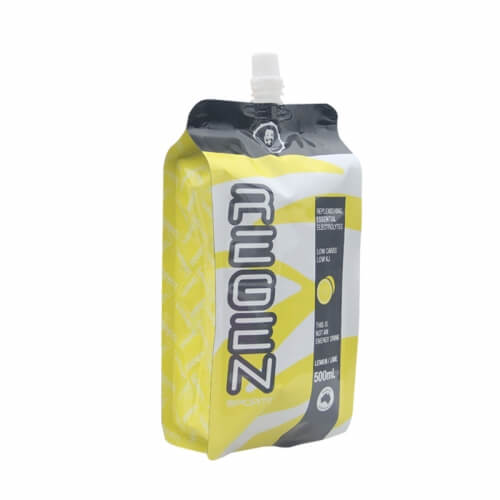
15. Squeeze Pouch Weight
Generally speaking, squeeze pouches are very light. But their weight varies depending on the type of pouch, its capacity, and the size of the pouch. There is no exact weight for squeeze pouches, they come in different weights.
16. Limitations of Squeeze Pouches
Of course there are limits, but there are some. Some disadvantages of squeeze pouches include:
Squeeze pouches, especially those used by babies, can pose developmental and health risks when overused.
Frequent sucking from the baby squeeze pouch may cause some feeding problems for the baby later on.
17. Quality Inspection of Squeeze Pouches
This is usually done to ensure that the manufactured squeeze pouches meet all standard requirements. We employ many quality control measures to ensure that custom bags will not malfunction in real life.
Some of the quality measures and tests we provide include:
1) Barrier Test
This test is performed to ensure that the barrier film on the manufactured squeeze pouch is well-laminated and sealed to prevent the ingress of substances that could interfere with the stored product.
2) Oxygen Transmission Rate
This is the rate at which oxygen can penetrate the film layers of the bag. Oxygen is one of the substances that affect the color, smell and flavor of food, leading to food spoilage. Therefore, barrier testing equipment ensures that the OTR is at the correct level required.
3) Water Vapor Transmission Rate
This is the rate at which moisture can penetrate the film layers of the bag. Moisture is also one of the substances that cause food spoilage. Therefore, barrier testing equipment is used to ensure that the moisture content is at the exact level required.
4) Modified Atmosphere Packaging
It involves using complex machinery to flush the air out of the bags and replace it with an oxidation-slowing gas. The gas used to replace the flushing air depends on the oxidative properties of the stored food.
In addition to testing, we also inspect manufactured products to ensure they meet the required quality standards.
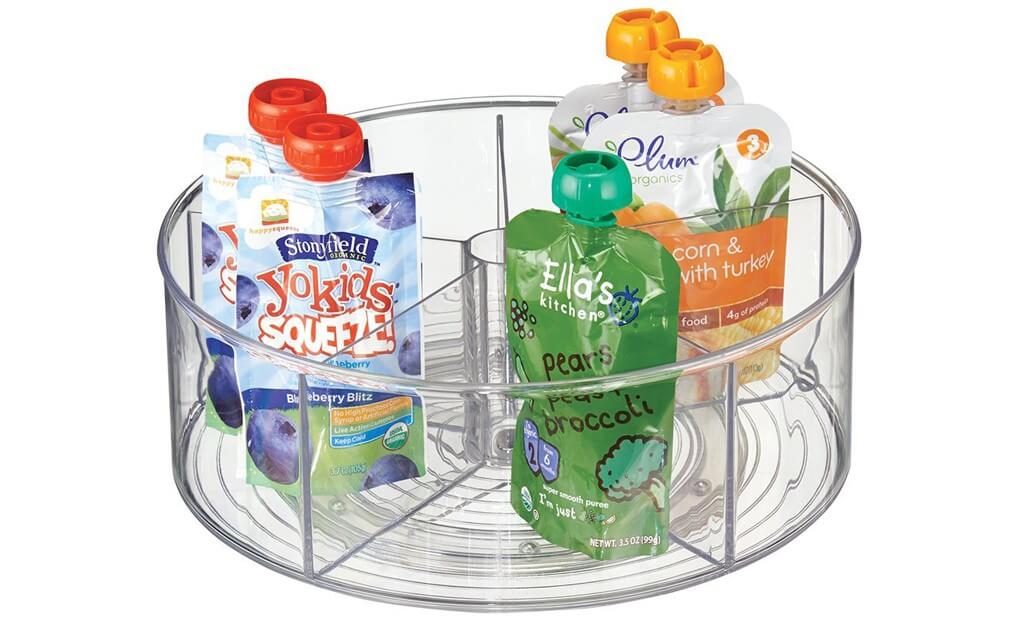
18. Packaging, Filling and Sealing of Squeeze Pouches
Packaging, filling and sealing vary from manufacturer to manufacturer and from product to product. You can pack your products using automated machines or kitchen equipment depending on the quantity of the product.
Small quantities of products may not require automatic machines to fill and seal. However, if your product volume is high, you will need an automated machine to help you pack, fill, seal, and even store the product in bags.
Automated machines remove squeeze pouches from a large container and place them on a conveyor belt. An automated robotic arm opens the mouth of the squeeze pouch for filling below the nozzle. The nozzle will then pump the product into your squeeze pouch.
When it is finished, the machine transfers the filled squeeze pouches to the sealer for sealing. But for smaller quantities, you can use kitchen equipment like pitchers, bowls, and any other convenient container to fill squeeze pouches.
19. Squeeze Pouch Capacity
Squeeze pouch capacities vary depending on the type of bag and the product being stored. Squeeze pouches are available in different capacities. There are 16, 32, 64 houses and more capacities available.
20. Warranty for Squeeze Pouches
The squeeze pouch comes with a one-year warranty. The warranty covers any defective parts caused by poor workmanship or errors made by the manufacturer.
In addition, it includes damage caused by the supplier during delivery. However, the warranty does not cover damage caused by the product or intentionally caused by the user. Therefore, it is always important to read and understand the warranty terms and conditions of your product and be aware of the circumstances that may void the warranty.
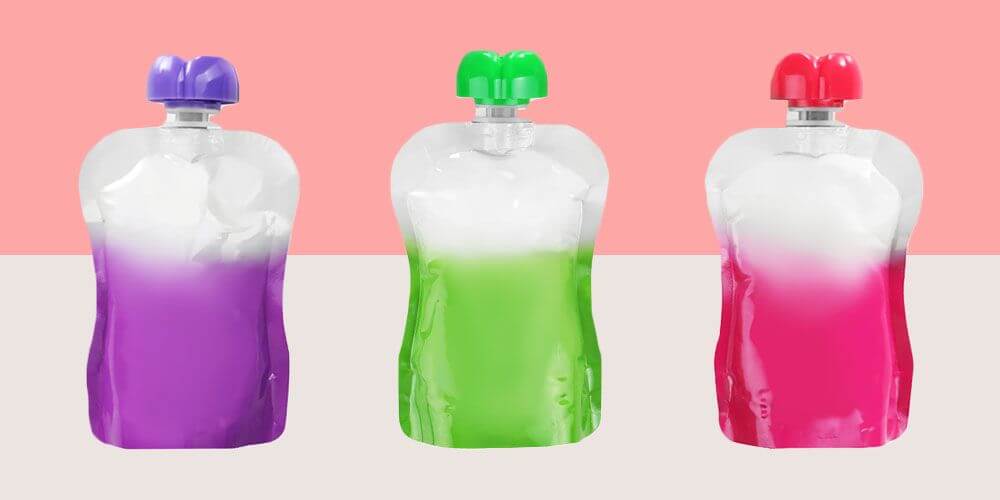
21. Storage and Warehousing of Squeeze Pouches
This is one of the very important areas. This will determine how long the stored product will stay fresh. So it’s important to store and store your squeeze pouches the right way.
Some proper ways to store squeeze pouches include:
- Store the squeeze pouchin a cool dry place until you need to use the product. Make sure the warehouse temperature is below 40 degrees Celsius and the relative humidity is less than 60%.
- Keep your pouch covered to protect it from UV rays and dust. Exposure to UV light can cause the bag material to discolor, crack and ultimately affect the stored product.
- Before storing squeeze pouches, it is also important to test the bags to identify any hazardous substances that may affect the product in their storage area. This helps ensure that the bag and stored product are safe in its storage area.
22. How to Make A Squeeze Pouch?
Manufacturing by extrusion process is procedural. You need to follow all the procedures carefully to make a good quality final product.
First, you need to determine the best material for your product. The material is then passed through a set of plows, which fold the W-shaped gussets to the bottom, allowing the bag to stand.
If you want to use the zipper as part of your package, you can sell it on the inside surface of the mesh near the top edge.
After the gussets are formed, a vertical seal is made along the sides of the bag. Then press the zipper into the same area to seal its ends. After that, seal the bottom crease into a seal that holds the two ends of the gusset together.
23. Benefits of Reusable Squeeze Pouches
There are many benefits to reusing squeeze pouches, namely:
- Cost saving: Buying a new squeeze pouchevery time is very expensive. Therefore, reusing squeeze pouches helps save money that could have been spent on new squeeze pouches.
- Reduces waste in landfills: It results in less overall waste being exposed to the surrounding environment, which has a positive impact on the environment.
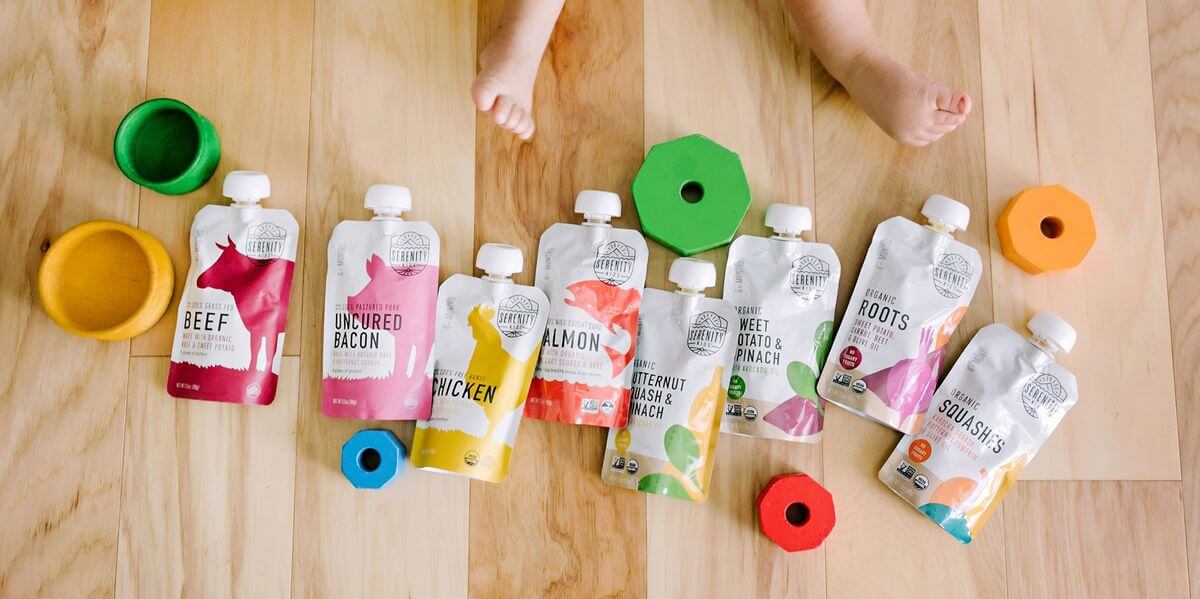
24. How to Choose the Best Squeeze Pouch for Your Product?
There are many factors you need to consider before choosing a squeeze pouch for your product. Some of these factors include:
1) Material
Material is one of the key factors. Squeeze pouches can be manufactured using a variety of materials such as polyethylene, polypropylene, aluminum foil, polyethylene terephthalate, and more. Therefore, it is always important to choose the right material for your product.
The material should provide impact resistance and enough durability to last longer. So this means that choosing the best material for your squeeze pouches will depend on the type of product you are storing.
2) Product Compatibility
You should always make sure that your product is compatible with the squeeze pouch you are going to use to store your product.
3) Shelf Life
The shelf life of squeeze pouches varies depending on the type of product and the measures taken to prevent the ingress of oxygen, moisture and sunlight. Therefore, the best choice for a squeeze pouch should be to laminate the barrier film together and then seal it to protect the stored product from oxygen ingress.
Baby food has a one-year shelf life in squeeze pouches that are well protected from oxygen, moisture, and light. The squeeze pouch itself has a shelf life of about 2 to 3 years and a service life of about 5 years.
4) The Size/Shape of the Pouch
Squeeze pouches come in different shapes and sizes. The optimal size for a squeeze pouch depends on the type of bag and the product being stored. Larger products require larger capacity squeeze pouches and vice versa.
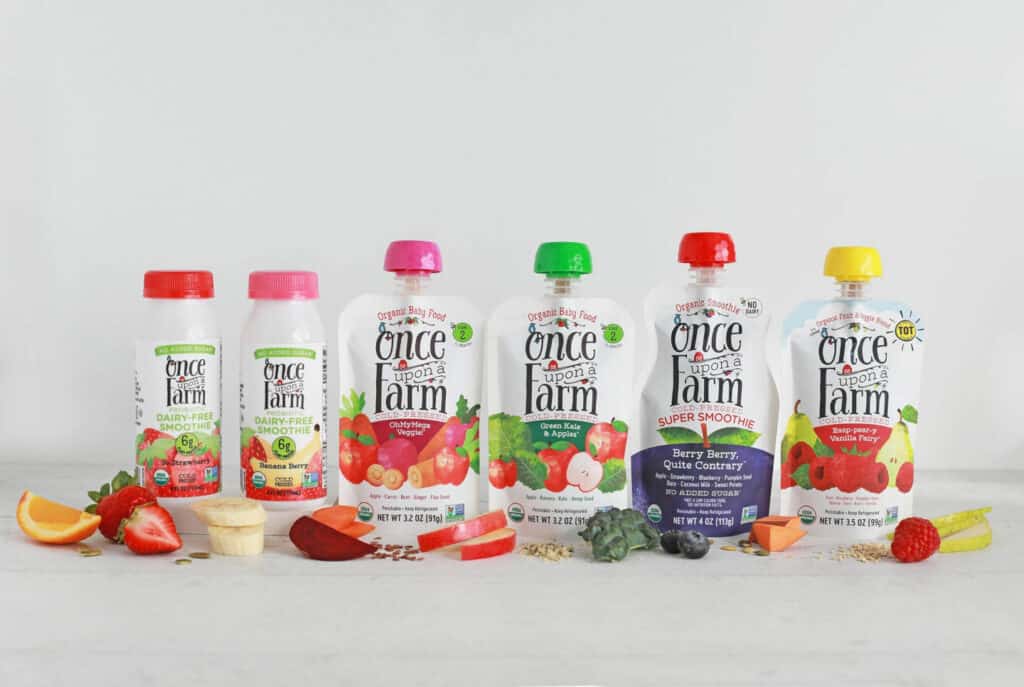
25. MOQ for Squeeze Pouches
The MOQ depends on the type of squeeze pouch, the size of the bag and even the printing process. Usually, the MOQ for small-sized extrusion can reach around 10,000 pcs, even 30,000 pcs.
Depending on the application requirements, the MOQ for some squeeze pouches may be as low as 1 pc. Printing processes like the gravure printing process can result in low MOQ as it is always difficult to produce many pcs, especially when using large machines.
The MOQ is also negotiable, but this is only for some types of squeeze pouches, not all. Products with a MOQ of around 1000 pcs to 250 pcs can be negotiated, but products with a MOQ of 10,000 pcs to 250 pcs will not be negotiable.

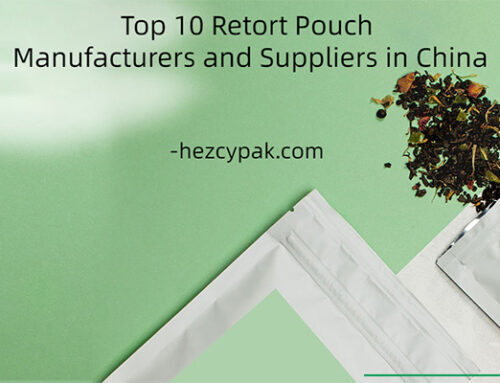
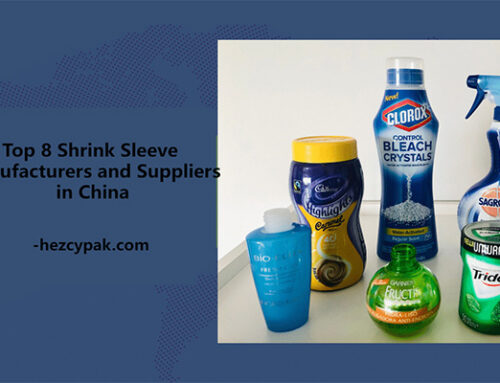
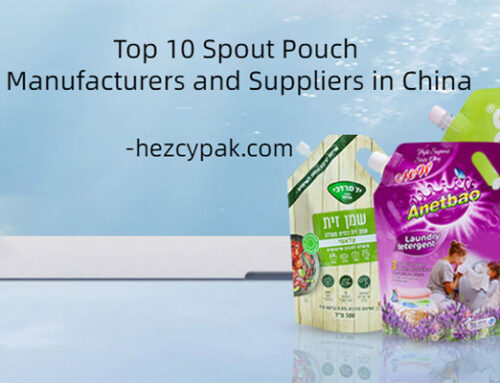
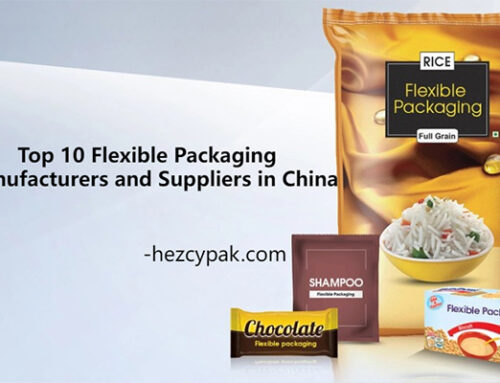
Leave A Comment